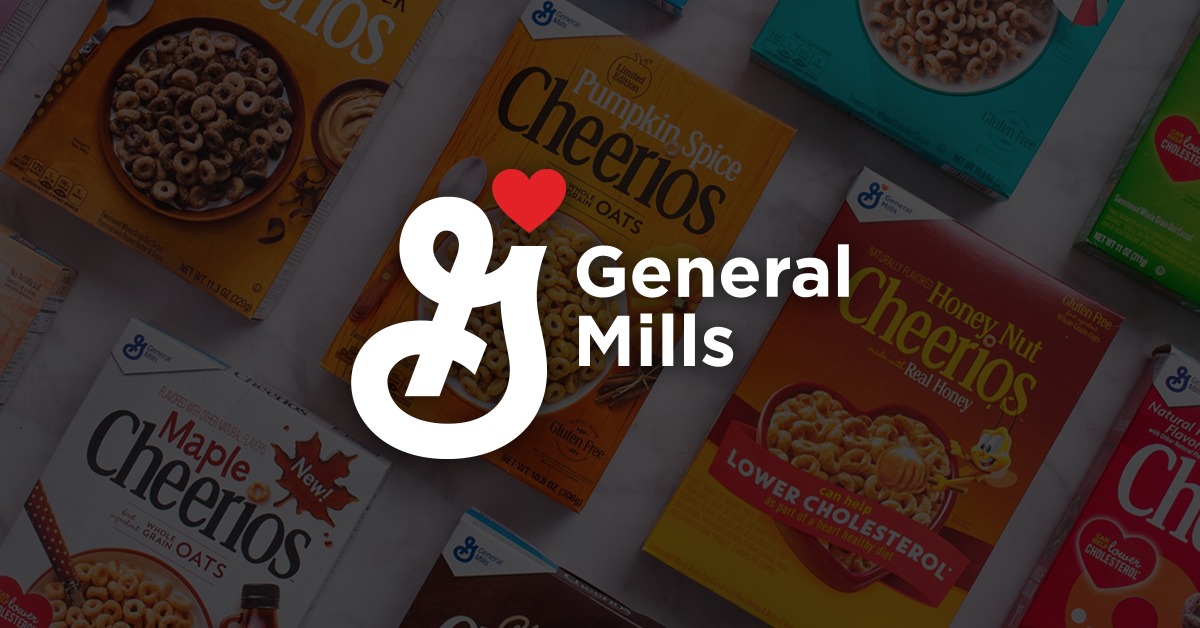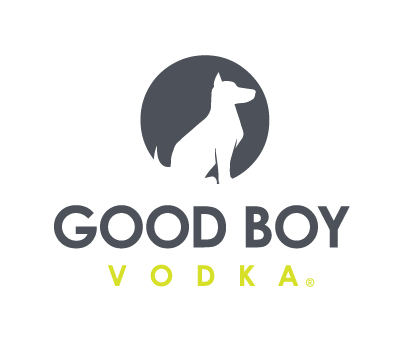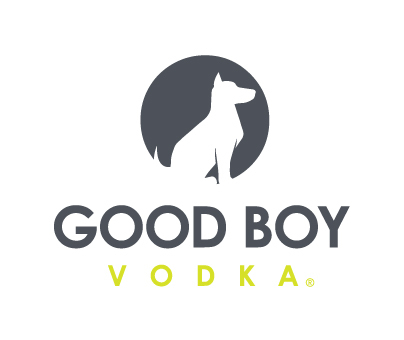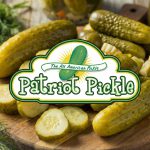General Mills Bets on Bolt-Ons for Growth Following Q1 Sales, Profit Declines

After announcing the sale of its North American yogurt business last week, CPG giant General Mills plans to shift its focus to bolt-on acquisitions of “smaller size assets” to enhance growth, said chairman and CEO Jeff Harmening in today’s Q1 earnings report.
“We’ll continue to look for options to strengthen our growth profile through M&A, with our near-term focus on bolt-on acquisitions, with the most likely transaction size ranging up to $1 billion to $2 billion,” Harmening said, adding that if the company doesn’t see attractive acquisition candidates, it will return excess cash to shareholders in the form of share repurchases.
In the quarter ended Aug. 25, net sales dropped 1% to $4.8 billion, driven by unfavorable net price realization and mix. Organic net sales were also down 1%.
The Cheerios and Betty Crocker maker’s North America retail segment saw net sales fall 2% to $3 billion due to lower pound volume. Net sales were down mid-single digits for the U.S. Snacks operation – which includes brands like Nature Valley, Dunkaroos, and Gushers – and down low-single digits for U.S. Morning Food.
However, according to CFO Kofi Bruce, General Mills improved or maintained its market share in six of its top 10 U.S. categories versus fiscal 2024. In Q2, the company will seek to improve the segment through scaled cross-category merchandising events, improved customer service levels and strong seasonal activations for Pillsbury refrigerated dough, Progresso soup and Betty Crocker desserts.
First-quarter net sales for the North America Foodservice division were flat at $536 million. Net sales performance was led by growth in breads, snacks, biscuits and baking mixes in away-from-home channels where consumer traffic has been growing, including K-12 schools, healthcare settings and colleges and universities. The growth was offset by declines in bakery flour and pizza crust.
Unlike past quarters, cost savings didn’t offer a strong bright spot in the quarterly report. In Q1, gross margin was down 130 basis points to 34.8%, fueled by input cost inflation, unfavorable mark-to-market effects and unfavorable net price realization and mix, only partially offset by Holistic Margin Management (HMM) cost savings.
Operating profit of $832 million was down 11%, primarily driven by lower gross profit dollars and higher SG&A expenses, including increased media investment. Operating profit margin of 17.2% was down 180 basis points.
Looking ahead, General Mills plans to strengthen its competitiveness by delivering “remarkable experiences” to consumers across its leading food brands. In fiscal 2025, the company expects organic net sales between flat and 1%, adjusted operating profit between -2% and flat and adjusted diluted EPS between -1% and +1% in constant currency. These targets do not reflect the impact of the proposed North American Yogurt divestitures.
“As we look at the rest of the year, I wouldn’t say that our guidance is predicated on our categories’ continued improvement. What it’s predicated on is our continued improvement in competitiveness,” Harmening told investors during today’s call.
















